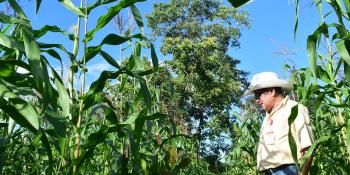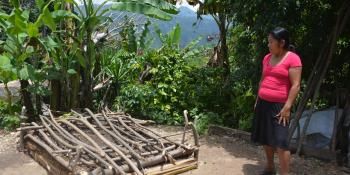Webinar: Seasonal Forecasts and Decision-Making
CCAFS Latin America in collaboration with the Regional Gateway for Technology Transfer and Climate Change Action in Latin America and the Caribbean (REGATTA), the Central American Agricultural Council (CAC) and the Inter-American Institute for Cooperation on Agriculture (IICA) organized a webinar to answer the following question:
In what ways do seasonal climate forecasts actually influence agricultural decision-making?
In response to this question, Walter Baethgen, Director of the Latin America/Caribbean Regional Program at Columbia University’s International Research Institute for Climate and Society (IRI), discussed the work IRI has been conducting on the topic. He explained that while many accurate data sources do exist, such as the European Centre for Medium-Range Weather Forecasts (ECMWF) and Comité Regional de Recursos Hidráulicos (CRRH); it is important to be aware and weary of the reality, that many organisations provide faulty data which is quick and accessible. Historical climate data in developing countries is also lacking. Despite these hurdles, interesting information has come forth through IRI’s ongoing work with their collaborators. For example, in modelling changes in the probability of rainfall, this identifies both the average expected rainfall and whether the rainfall predictions lie above, at, or below the average.
Highlighting agricultural systems as ones that are flexible, Walter explained that the information gathered from such a rainfall model can prove to be extremely useful for farmers as they can modify their periods of planting or harvesting crops, as well as selling livestock, dependent on the insight provided from the climate forecasts. Flexibility also depends on many diverse factors including whether the agricultural system is commercial or subsistence-based, if institutional support mechanisms exist, and if insurance or emergency funds are readily accessible. In order for such climatic risks to be managed, Walter specified many important steps such as identifying vulnerabilities and opportunities; understanding, quantifying, and reducing vulnerabilities; identifying appropriate technologies; and identifying institutional and public interventions to reduce or transfer climate risks. In order for this information to be properly understood, processed, and implemented, collaboration will be most necessary among academics, researchers, farmers, key institutions and policymakers.

